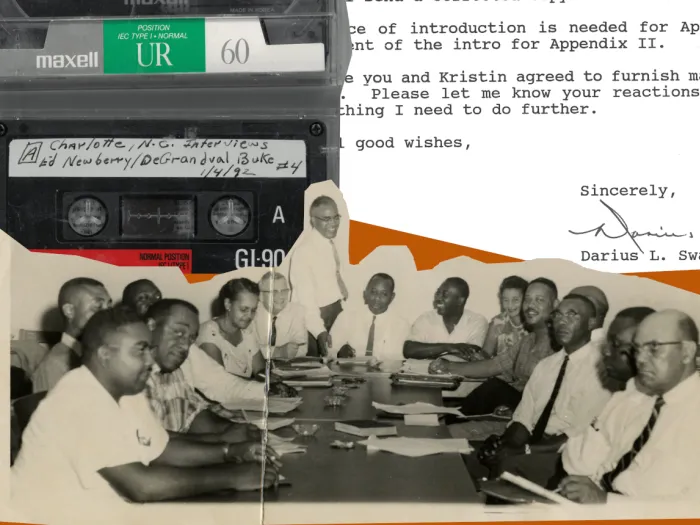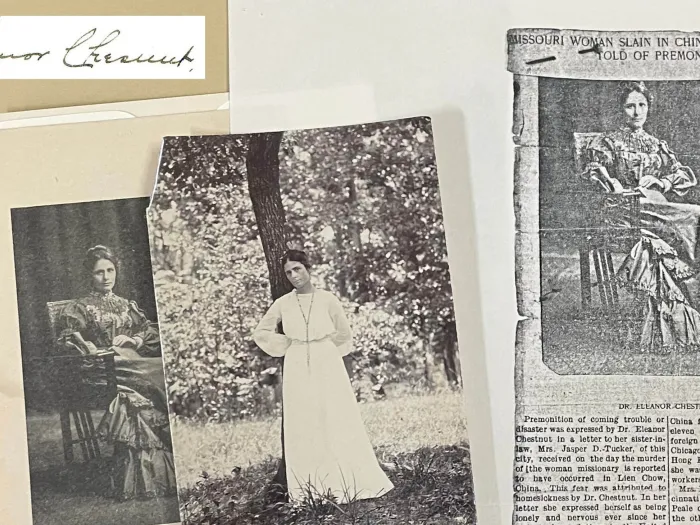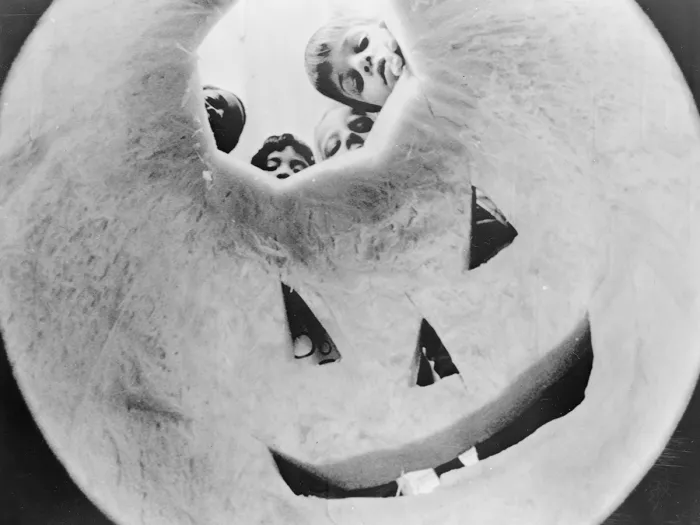On March 21, guests gathered at PHS to view the traveling exhibit, Assyrians from Persia (Iran) to the United States, 1887-1923, and hear more about Presbyterian missionaries in Urmia. At the event, Dr. Hooman Estelami of Fordham University presented a lecture titled, "Presbyterians Missionaries and the Assyrian Bridge to America During the Qajar Era."
The lecture discussed the work of the first community of Presbyterian missionaries based in the city of Urmia in northwestern Persia during the Qajar era. Focusing on the domains of education, medicine, and evangelism, Estelami used mission reports, missionary correspondence, diaries, biographies, and archival photographs to delve into missionary service to the Assyrian population of the region. Estelami also discussed how this community of missionaries helped protect the Assyrian population of the region in the years leading up to and including World War I.
View the recording below.
About the Exhbit: Assyrians from Persia (Iran) to the United States, 1887-1923
Assyrians are the last Aramaic-speaking ethnic community indigenous to a homeland between Iraq, Turkey, Syria, and Iran. Their communities were transformed by missionary education beginning in the 19th century, but documenting this history through Assyrian voices has proven elusive in the wake of their displacement. This exhibit's unique collection of papers and objects from the Lake Urmia region (Iran), documents the life, travels, and education of one Assyrian-Iranian family in the late 19th and early 20th centuries.
The letters, journal, historic images, passport, and currency that form the exhibit are intended to highlight the importance of archiving and preserving family-held documents that enhance deeper understanding of the modern evolution of social and cultural change, especially among indigenous minority populations.
Exhibit Dates: March 21 - April 30, 2024
Hours: Monday - Friday, 9am-4pm
You may freely reuse and distribute this article in its entirety for non-commercial purposes in any medium. Please include author attribution, photography credits, and a link to the original article. This work is licensed under a Creative Commons Attribution-NonCommercial-NoDeratives 4.0 International License.




